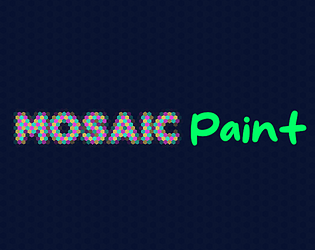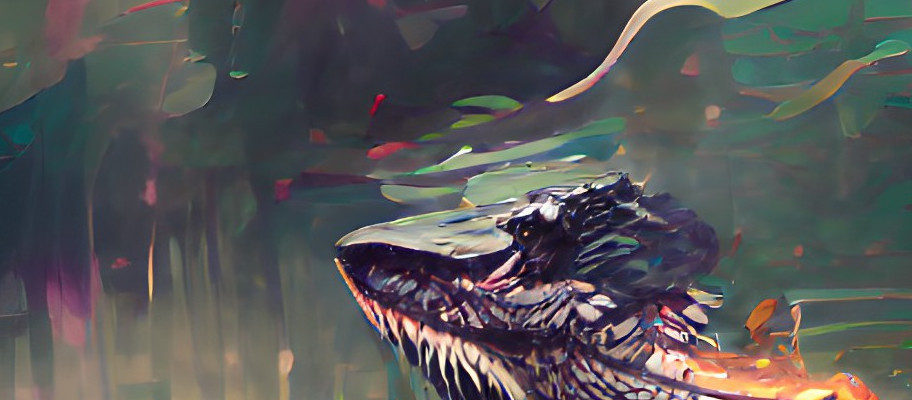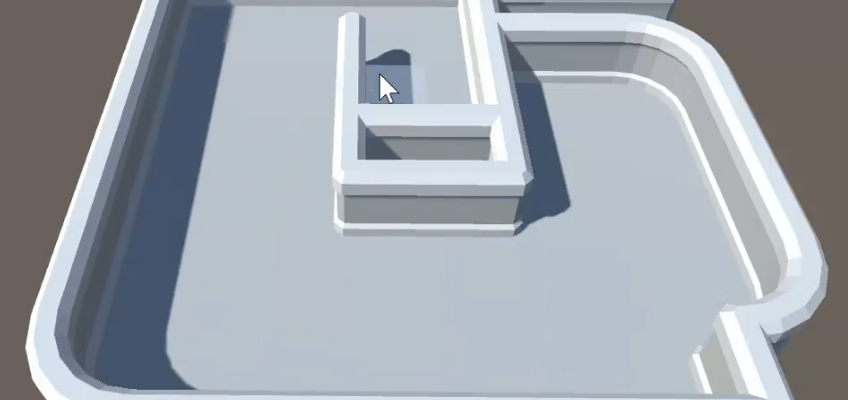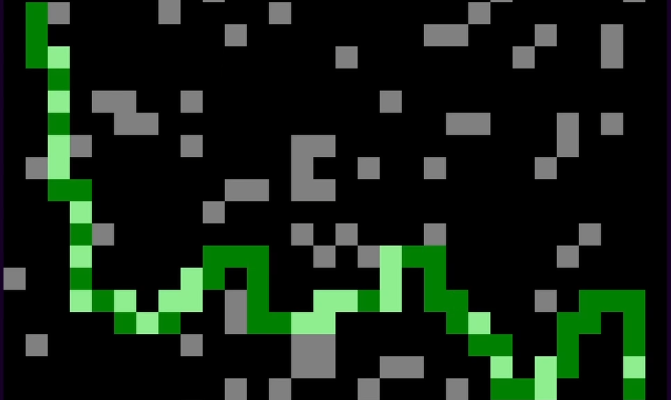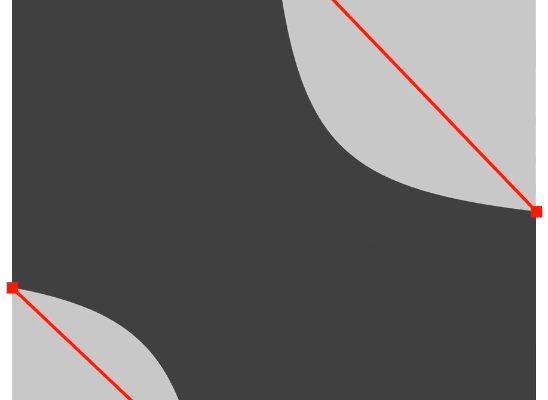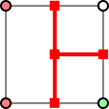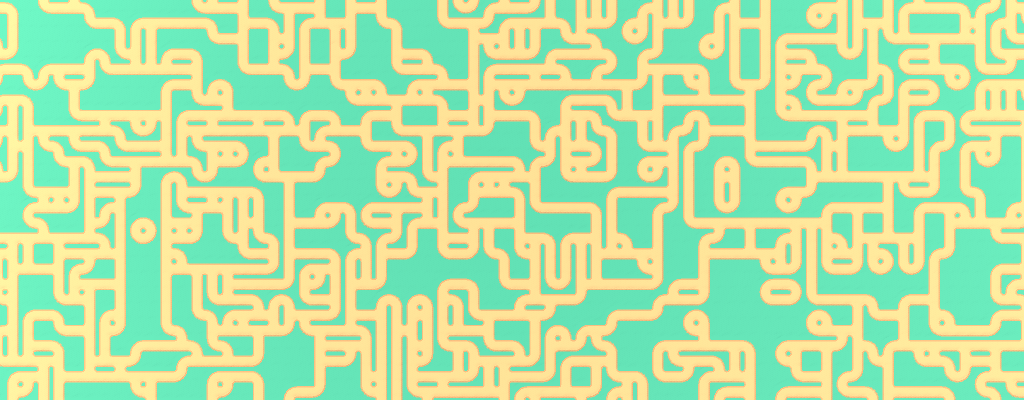Graphs are a data structure we’ve already talked a lot. Today we’re looking at extension of them which is both obvious and common, but I think is rarely actually discussed. Normal graphs are just a collection of nodes and edges, and contain no spatial information. We’re going to introduce rotation graphs (aka rotation maps) that contain just enough information to allow a concept of turning left or right – i.e. rotation.
Continue readingAuthor: Boris
Mosaic Paint
As a side-project of a side-project, I’ve made a little painting program. It’s like a normal paint program, only you paint on a tile grid instead of pixels. You can create mosaic and stained-glass style images.
Continue readingThe Grokalow
One day, the grokalow crawled out of the swamp.
“It looks like a gargantuan alligator”, cried a bystander, as it approached.
“Nay, it is a brobdingnagian crocodile”, countered a second, as the grokalow licked its leathery lips.
“Without a clear definition, we cannot conclude this thing is a threat”, surmised the third, settling the matter.
The grokalow ate them all, with great satisfaction.
Editable WFC
When I spoke about autotiling, I briefly touched on how it’s possible to use Wave Function Collapse (or other constraint based generators) as a form of autotiling, i.e. user-directed editing of tilemaps.
I’ve usually referred to this technique as “editable WFC“. It’s a combination of autotiling and WFC, and contains the best of both:
- Being an autotiler, it allows users to easily and interactively make changes to an existing level.
- Being constraint based, it automatically ensures that those changes are consistent with the predefined rules of the constraints, potentially making further changes to the level to make it fit
This is different from most other autotilers, which either require manual configuration of patterns used to enforce good behaviour, hidden layers, or come with more stringent requirements on what tiles are available.
Continue readingChiseled Paths Revisited
Back in 2017, I described a method of random path generation called Chiseling. It gives very nice wiggly paths, but I was never satisifed with the performance. I later revisited it, and found a faster algorithm, but it was a bit complicated to implement.
I’m pleased to say that I think I’ve finally found a way of implementing it that is both fast and simple.
Continue readingResolving Ambiguities in Marching Squares
One issue with 2d Marching Cubes (i.e. Marching Squres) that I glossed over in my original tutorial is the issue of ambiguity. Later I talk about how dual contouring avoids this problem. But it turns out there’s actually a well known, but little documented way of resolving those ambiguities called the Asymptotic Decider, which I’ll explain below.
Continue reading2d Marching Cubes with Multiple Colors
2d Marching cubes (sometimes called marching squares) is a way of drawing a contour around an area. Alternatively, you can think of it as a drawing a dividing line between two different areas. The areas are determined by a boolean or signed number value on each vertex of a grid:
But what if we didn’t have a boolean value? What if we had n possible colors for each vertex, and we wanted to draw separating lines between all of them?
Continue readingVaria 1.0 released
Announcing Varia, a new Unity asset for adding small random variations into your games.
Spice up your levels, remix your gameplay, and make your assets go further for you. It’s FREE!
Classification of Tilesets
Many years ago I started looking at different sorts of tiles sets used by artists. A good tile set is flexible enough to allow tiles to be re-used in a lot of situation, but simple enough that the tiles can be easily created. Ideally, it would enable autotiling or otherwise be easy to design levels with.
Though I covered a few different techniques back then, I fell short of any systematic discussion of tiles. Here I plan to take a more rigorous approach, in the hopes of making a common language for referring to different tile sets, and pointing out the key variations in design. Maybe we’ll even discover something new, like Mendelev predicting new elements for the periodic table.
You can explore many of the tilesets discussed using the Tileset Creator tool I made.
Continue readingInfinite Modifying in Blocks
I’m going to share with you a technique I’ve found for doing lazy, reliable, deterministic, constant-time infinite generation of tile based levels using Wave Function Collapse (WFC). But first, let’s cover some background, Modifying in Blocks, and lazy chunk based infinite generation.
Continue reading
